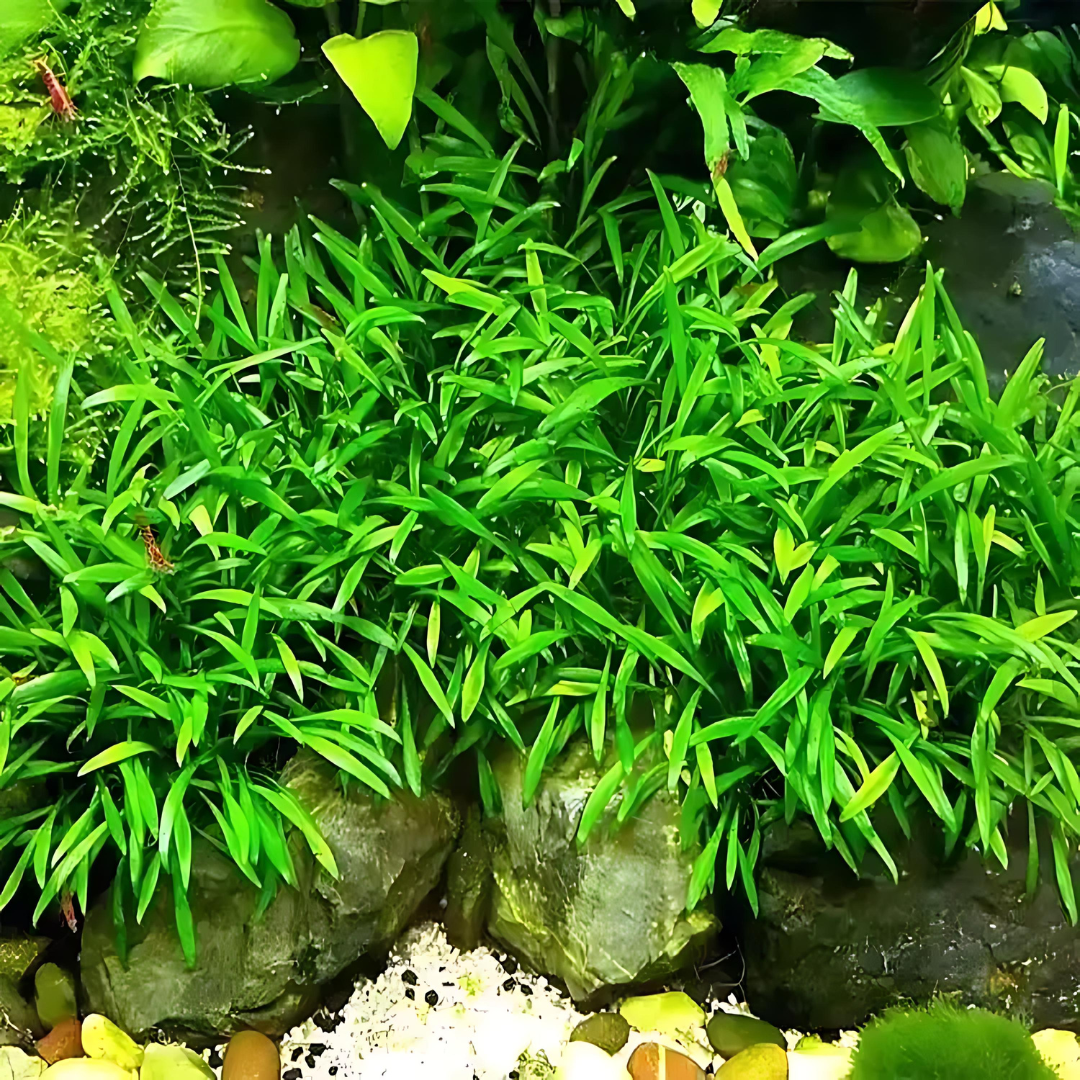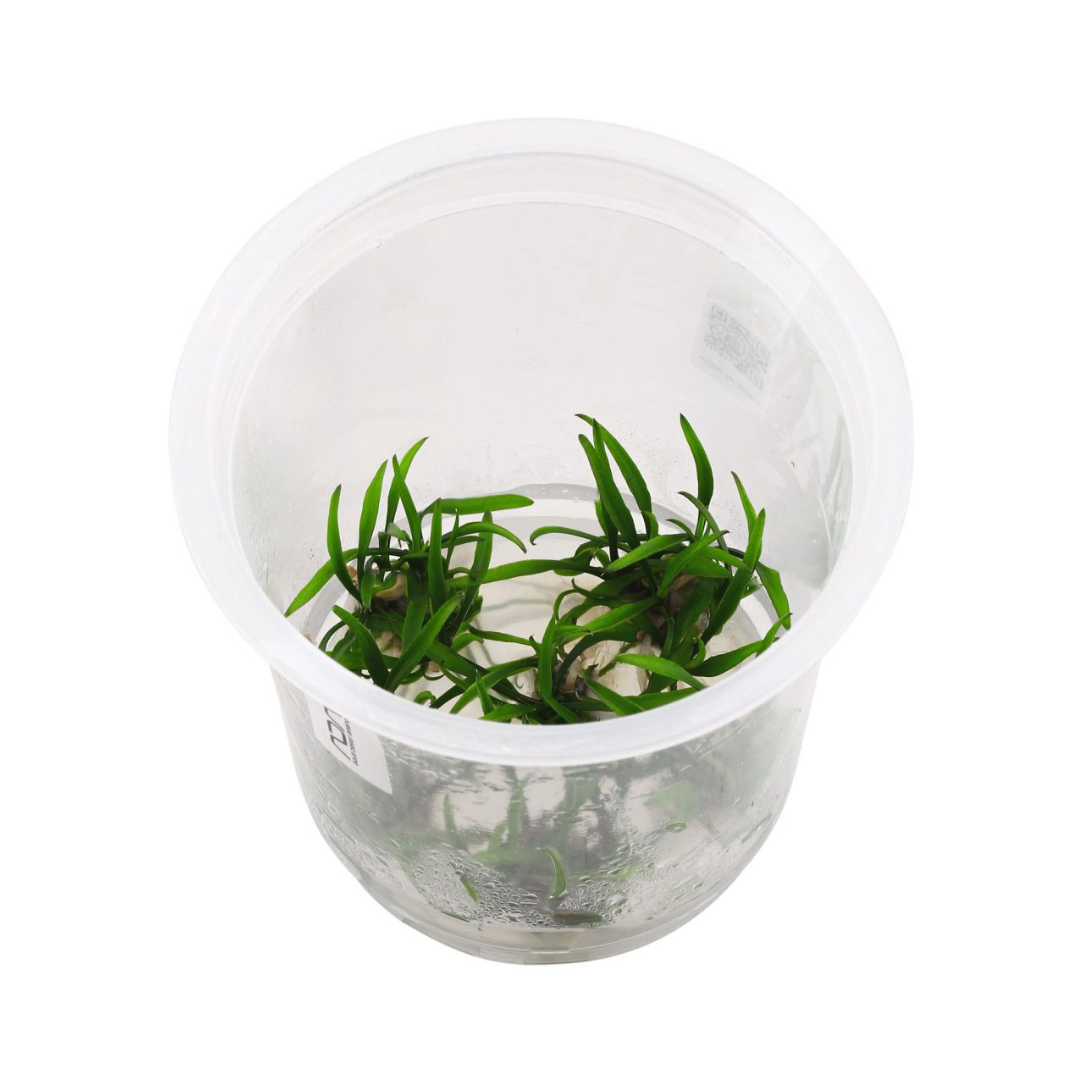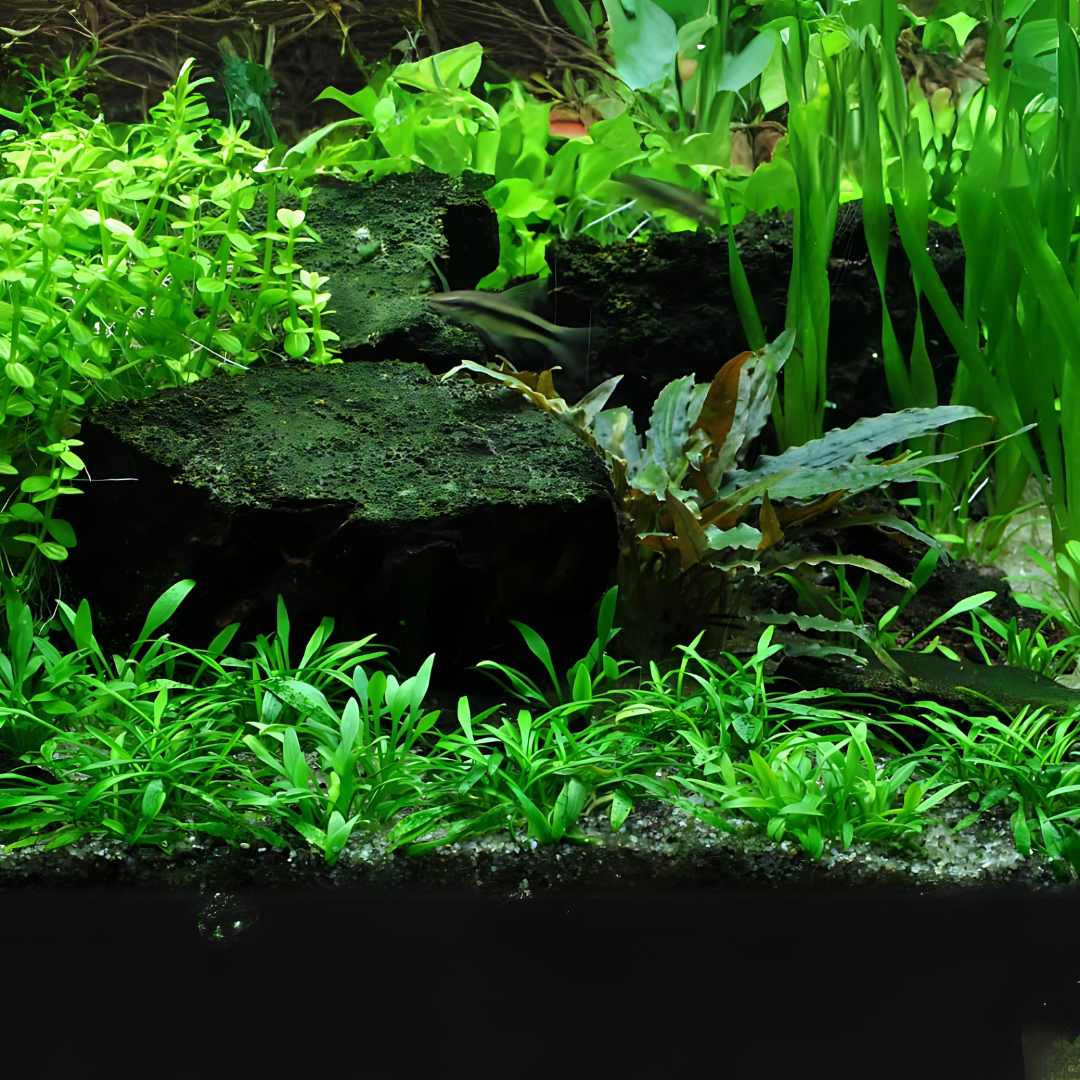Sreepadma D57 Cryptocoryne Parva | TC Live Plant
Sreepadma D57 Cryptocoryne Parva | TC Live Plant is backordered and will ship as soon as it is back in stock.
Couldn't load pickup availability
Description
Description
Product Description:
Cryptocoryne parva, often known simply as Parva Crypt, is a diminutive yet charming aquatic plant prized for its petite size and delicate appearance. As a member of the Cryptocoryne genus within the family Araceae, this plant is native to Sri Lanka. Cryptocoryne parva is characterized by narrow, lance-shaped leaves that form compact rosettes, creating a carpet-like effect when planted in groups. Despite its small stature, this Cryptocoryne species adds a touch of elegance to aquariums, making it a popular choice for aquascaping and foreground planting.
Lighting: Cryptocoryne parva thrives in low to medium lighting conditions. Adequate light is crucial to maintain its compact growth and encourage carpet formation.
Substrate: Plant Cryptocoryne parva in a nutrient-rich substrate to support its growth. A fine-grained substrate with good water retention is ideal for creating a carpet effect. Additional root tabs can be used to provide essential nutrients.
CO2 and Nutrients: Cryptocoryne parva has low to medium CO2 requirements. While it can absorb nutrients from the water, supplementing with a balanced liquid fertilizer supports its growth, especially in nutrient-deficient substrates.
Pruning: Pruning is minimal for Cryptocoryne parva. Trim any yellowing or damaged leaves as needed. As the plant forms runners, new plantlets will develop, contributing to the carpet effect.
Water Parameters: Maintain stable water parameters with a temperature range of 72-82°F (22-28°C), a slightly acidic to slightly alkaline pH between 6.0-7.5, and moderate water hardness.
Placement: Cryptocoryne parva is ideal for foreground placement in aquariums. Plant it in clusters to create a lush carpet effect that complements larger plants in the midground and background.
Propagation: Cryptocoryne parva propagates through the formation of runners. As the plant establishes itself, runners with new plantlets emerge from the base. These can be gently separated and replanted to expand the carpet.




